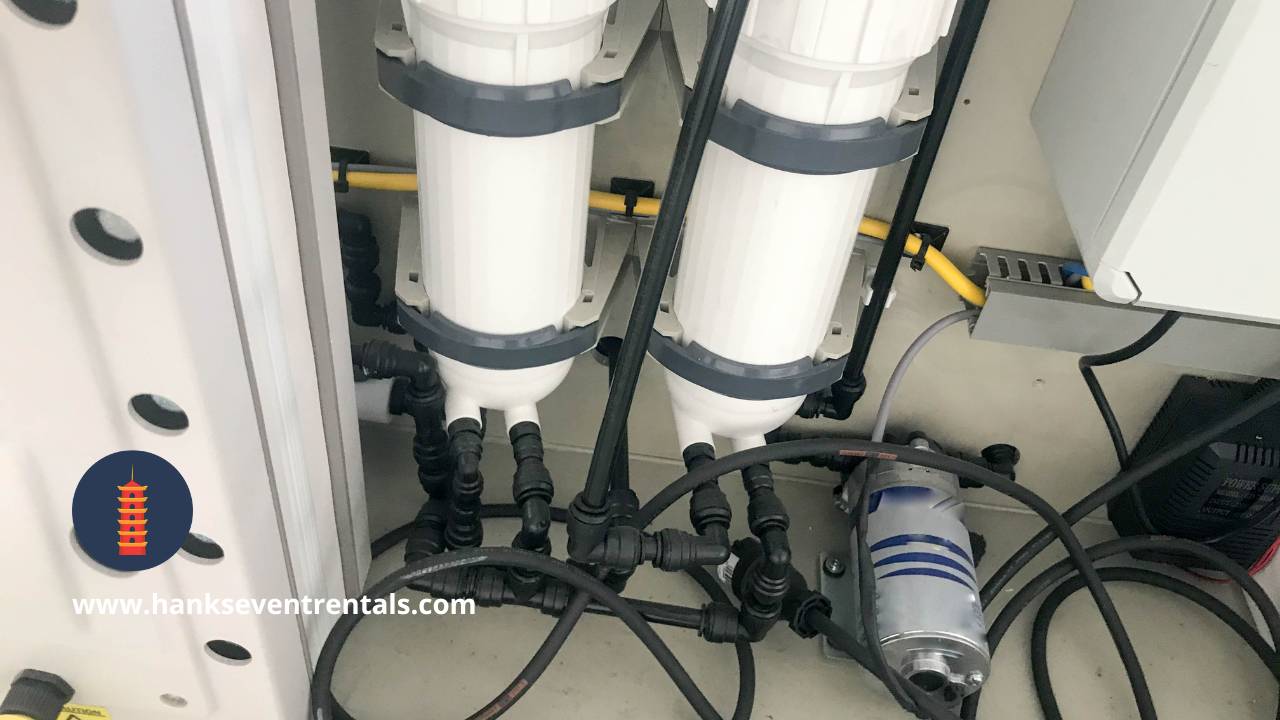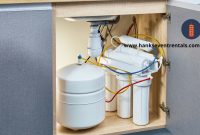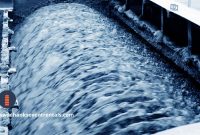Introduction:
Drinking clean and safe water is essential for households and industrial applications. As water contamination increases, choosing the right water treatment method is more important than ever. Two of the most commonly used technologies for water purification are Ion Exchange Resin and Granular Activated Carbon (GAC). In this comprehensive guide, we’ll explore the differences between these methods, their pros and cons, and help you decide which option may be best for your needs.
What is Ion Exchange Resin?
Ion exchange resins are synthetic polymers designed to remove unwanted ions from water. They work by exchanging ions in the water with ions present on the resin, effectively reducing contaminants such as heavy metals, calcium, magnesium, and other charged particles. Ion exchange resins are widely used in both residential water softeners and industrial water treatment systems, as well as in deionization and demineralization processes.
How Ion Exchange Resin Works:
Water flows through a bed of ion exchange resin that contains fixed charged groups. These groups attract and bind with oppositely charged ions in the water. As water passes through, ions like calcium, magnesium, and heavy metals are removed and replaced with less harmful ions, such as sodium or hydrogen. Different resins can be customized depending on the type of contaminants being targeted.
Types of Ion Exchange Resin:
- Cation Exchange Resin: Removes positively charged ions like calcium and magnesium, commonly used for water softening.
- Anion Exchange Resin: Removes negatively charged ions like nitrates and sulfates, often used in deionization processes.
- Mixed Bed Resin: A combination of cation and anion resins used for high-purity water applications.
What is Granular Activated Carbon (GAC)?
Granular Activated Carbon is made from organic materials like coconut shells or coal, processed to create a porous structure with a large surface area. GAC is highly effective at adsorbing contaminants such as organic compounds and chlorine from water. It’s widely used in both home water filters and large-scale industrial systems.
How Granular Activated Carbon Works:
When water passes through a GAC bed, contaminants are adsorbed onto the surface of the carbon granules. This process is physical rather than chemical, where pollutants are trapped within the porous structure of the carbon. GAC is particularly effective at removing volatile organic compounds (VOCs), pesticides, and chemicals that affect taste and odor.
Advantages of Ion Exchange Resin:
- Efficiently removes charged particles like heavy metals, hardness, and nitrates.
- Can be tailored for various applications using specific types of resin.
- Suitable for both industrial high-flow systems and residential water softeners.
Advantages of Granular Activated Carbon (GAC):
- Effective at removing organic contaminants, VOCs, and chlorine.
- Improves the taste and odor of water.
- Commonly used in point-of-use systems, such as faucet filters.
Disadvantages of Ion Exchange Resin:
- Requires periodic regeneration using salt or acid solutions.
- Ineffective at removing organic contaminants such as pesticides and VOCs.
- Can be costly for large-scale applications.
Disadvantages of Granular Activated Carbon (GAC):
- Less effective at removing dissolved minerals and heavy metals.
- Filters need frequent replacement to maintain performance.
- Can become saturated quickly if not maintained properly.
Choosing Between Ion Exchange Resin and Granular Activated Carbon:
The choice between ion exchange resin and GAC depends on the specific contaminants you need to remove. If your goal is to reduce hardness, heavy metals, or nitrates, ion exchange resin may be more suitable. However, if your main concern is organic contaminants, taste, or odor, GAC is likely a better option.
For comprehensive water treatment, many systems use a combination of both technologies. For example, GAC can serve as a pre-filter to remove organic compounds, while ion exchange resin can handle heavy metals and hardness later in the process.
FAQs:
- Can I use both Ion Exchange Resin and GAC in the same system?
Yes, many water treatment systems use both technologies to achieve comprehensive filtration. GAC is typically used first to remove organic compounds, while ion exchange resin is applied afterward to reduce hardness and heavy metals. - How often should I replace GAC filters?
The replacement frequency depends on water quality and usage, but generally, GAC filters need to be replaced every 6-12 months for optimal performance. - Is Ion Exchange Resin safe for drinking water?
Yes, ion exchange resin is safe for drinking water, provided it is properly maintained and regenerated with the appropriate solutions. - Does GAC remove heavy metals?
GAC is not very effective at removing heavy metals. Ion exchange resin is a better option for reducing heavy metal contamination. - How does ion exchange resin regeneration work?
Regeneration involves flushing the resin with a solution of salt (for cation resins) or acid (for anion resins) to restore its capacity to remove ions from water.
Read more also: Water Treatment Facilities and Know About Their Construction and Impact Worldwide



